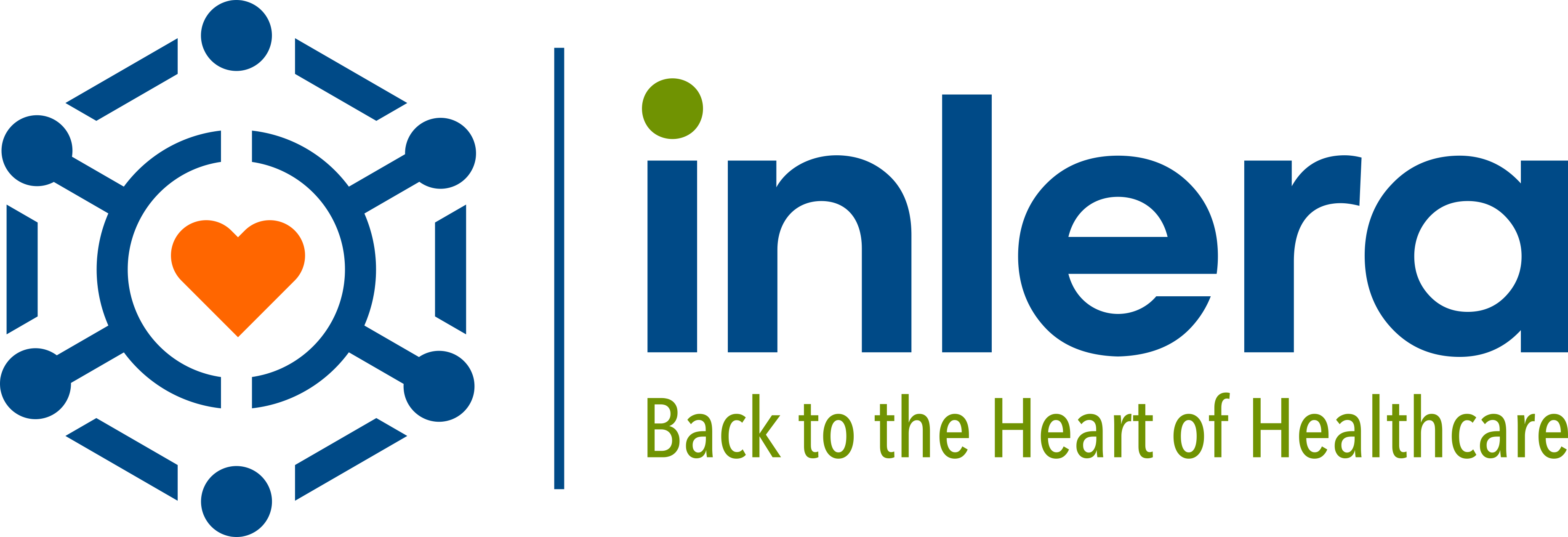
As a part of the Affordable Care Act, affectionately referred to as Obamacare, and HIPAA there are Administrative Simplification Compliance Provisions that have revolutionized healthcare. These provisions outline expectations for items such as ICD-10 readiness, improved functionality of electronic eligibility and claims status as well as implementation of standardized Electronic Fund Transfers (EFTs) and Electronic Remittance Advices (ERAs).

As a result of this legislation, you likely have noticed a push by payers for you to enroll in ERAs & EFTs .For more information on these provisions visit: http://www.cms.gov/Regulations-and-Guidance/HIPAA-Administrative-Simplification/Affordable-Care-Act/
What sort of standards are they setting in place?
- Standardized ERA Enrollment processes
- Ability to complete enrollment electronically
- Max number of days for release of ERAs and EFT transactions
- Clear instructions for correcting late or missing ERAs and EFTs
- Utilization of the uniform denial, adjustment & remark code set
- Centralized EFT enrollment process via CAQH’s EFT Enrollment Tool
The vast majority of payers have already transitioned to the use of ERAs and EFTs but they have in some cases, attempted to reinvent the wheel by creating their own unique formats. These CMS provisions has helped to streamline the method and speed in which you receive reimbursement as well as, shorten your revenue cycle with the use of the uniform denial and remark code sets.
So what?!
Those of you that have attempted to understand insurance Explanation of Benefits (EOBs) will agree that no two insurance EOBs are the same and on occasion you receive a new EOB whose format makes little sense at all, requiring countless man hours spent on the phone to clarify the remittance. The standardization of ERAs will drastically improve the denial and appeal process with the use of a fixed format that will allow for clearer understanding of reimbursements and denials.
The government estimates that these changes will save the industry, specifically physician practices, between $300 million and $3.3 billion over the next ten years. In addition to monetary savings, they are anticipating substantial environmental benefits to the tune 800,000 pounds of paper and 2.2 million pounds of greenhouse gases avoided over the next decade.
Why does IPS say go for it?
The global benefits may not stir much excitement in you, but here are some tangible benefits that we here at IPS believe are worth celebrating:
-
- The transition will streamline reconciliation process allowing for accurate, time-saving auto posting
- Payment details & denials will be uniform and easy to understand
- Reduce time & expense related to staff processing paper EOBs & depositing checks
- Will improve cash flow by allowing for more time with follow-up and other recovery efforts
- Allows for electronic organization of data included on remittances
- Allows for ease with identifying underpayments
The value of ERAs and EFTs is undeniable and, in most cases, comes at a fraction of the cost of paying staff to process paper remittances and deposits. It clearly pays to embrace the automation.

Jasmine Vializ is the President and CEO of Inlera, a billing and practice management company designed to increase the quality of healthcare by helping doctors to prioritize their patients while boosting their bottom line.











